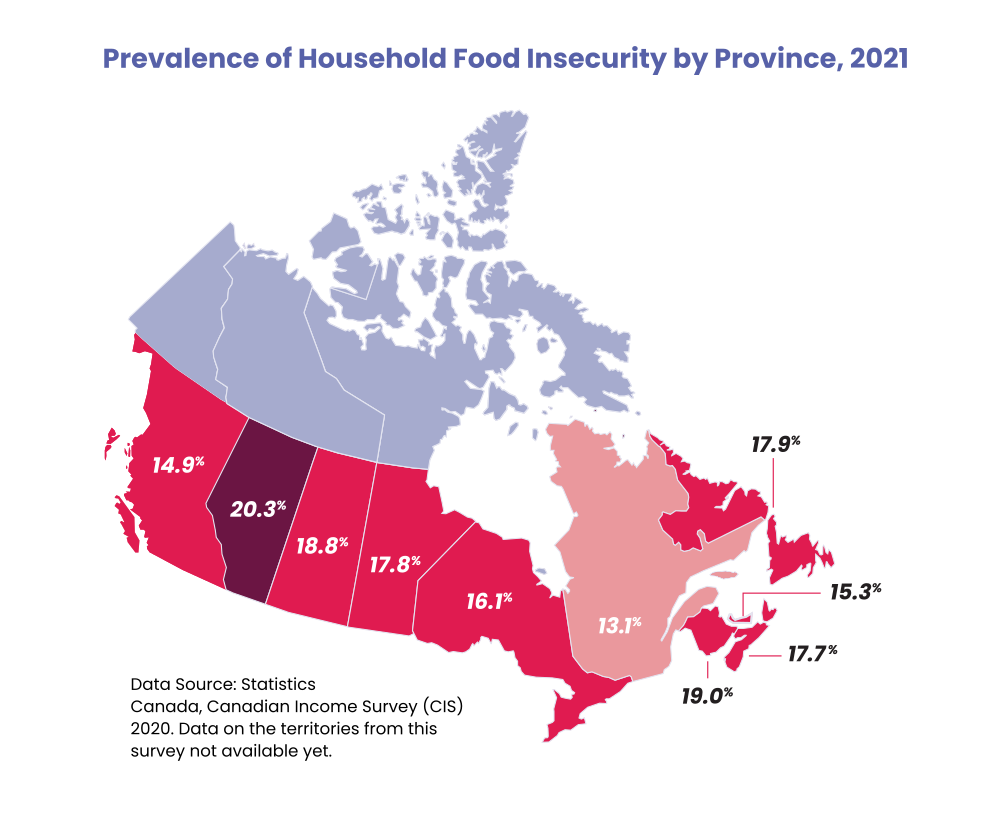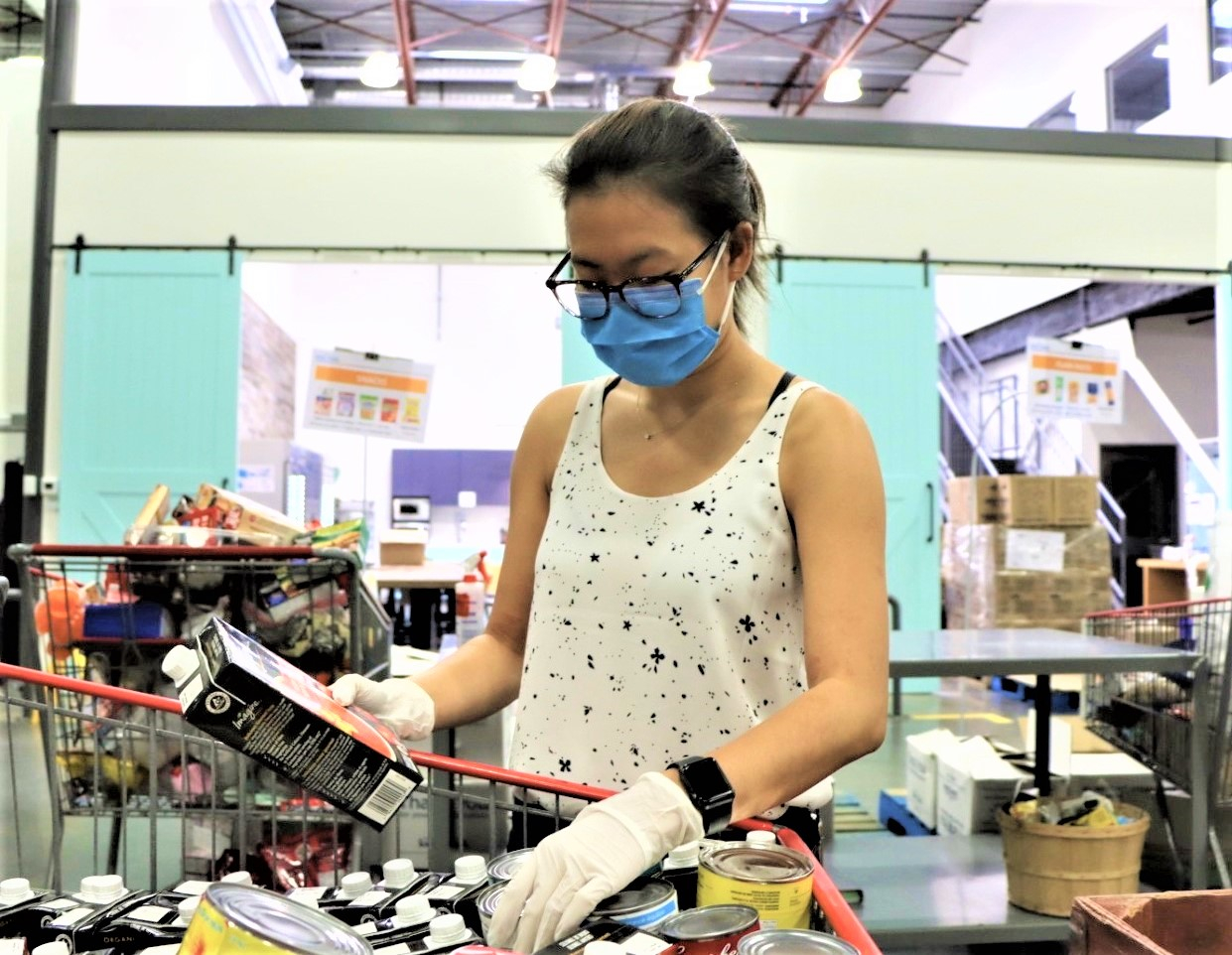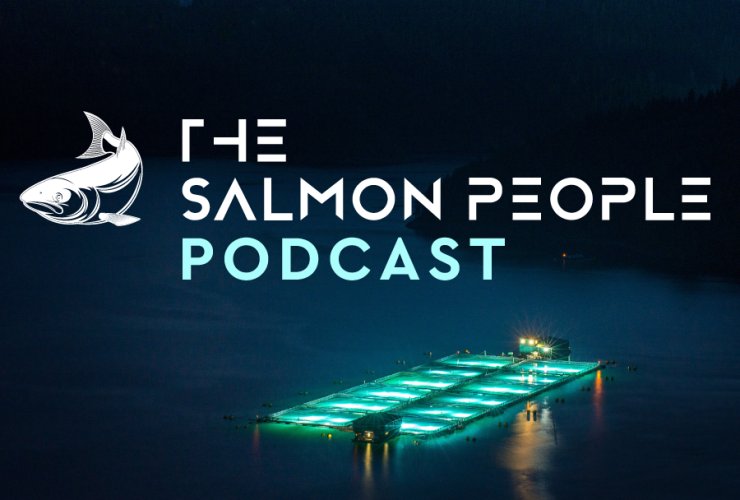Over a fifth of people in Canada's wealthiest province — Alberta — likely struggled to afford food last year, a recent analysis by University of Toronto researchers has shown.
Contrast that with Quebec, where only about 13 per cent of residents struggled to put food on the table, despite the province earning nearly $20,000 per person less than its Prairie counterpart.
The study, which was not peer-reviewed, drew on data compiled by Statistics Canada in its 2021 Canadian Income Survey, an annual snapshot of 54,000 household incomes. The Statistics Canada survey asks respondents 18 questions describing their experiences with access to food over the previous 12 months. These experiences range in severity from anxiety that food will run out before having enough money to buy more to skimping on food to make ends meet. It excludes people living in the three territories, on reserves, in prisons, in care facilities, in very remote areas or who are unhoused.
The research team analyzed these data with other social and economic information gathered by Statistics Canada to paint a more complete portrait of food insecurity in Canada's 10 provinces. The results point to the significant impact provincial governments can have on ensuring their citizens can afford food.
"We know that food insecurity is most prevalent among working-aged adults and their families," said lead researcher Valerie Tarasuk, a nutrition professor at the University of Toronto. "Policies that affect the income stability of that group in the population are the things that will push food insecurity higher or lower."

The yawning gap between food insecurity rates in Quebec and Alberta can be traced back to the policies — of lack thereof — aimed at supporting this group, said Tarasuk.
Take child care: Quebec has Canada's highest provincial child and family benefit, and unlike most provinces, it's indexed to inflation. That means the money families with children receive through the program will increase as necessities get more expensive, she explained.
The province is also one of only three jurisdictions in Canada to link its welfare benefits to inflation (Yukon and New Brunswick are the others), ensuring that people on social assistance don't fall behind as the cost of living climbs. Implemented before the pandemic, these decisions are part of a suite of socially progressive policies that have helped Quebecers better weather the economic roller-coaster triggered by the pandemic and the war in Ukraine.
"(There are) a set of collective social values in Quebec about supporting families and supporting people at the low end of the economic spectrum that is entrenched in their policies," Tarasuk said.
The human cost of less-supportive policies is steep. According to the study, not only are provinces without these kinds of support seeing increases in the number of food-insecure people, but they are also seeing more people in desperate hunger where they are skipping meals, sometimes for days, to make ends meet.
Alberta and New Brunswick both had a relatively high prevalence of severe food insecurity — 6.3 per cent and 5.9 per cent, respectively. Quebec and B.C., which Tarasuk said have also implemented several policies to support people's incomes, have the lowest prevalence of severe hunger.
The people behind these statistics have not gone unnoticed in Alberta. Earlier this month during a speech on affordability, NDP MLAs Marie Renaud and Heather Sweet referenced the U of T study to lambast the Kenney UCP government's record on ensuring Albertans can afford to eat. The province's food banks and food charities have also been struggling to handle surging demand for their services, said Jason Lyver, a spokesperson for Food Banks Alberta.
The problem has likely deteriorated further over the past year, which was not included in the Statistics Canada dataset, Tarasuk said. The price of food — and nearly everything else — has only increased in 2022, and she expects to see more people become food insecure and severely hungry when Statistics Canada releases its 2022 data.
"The only way that won't happen is if we see either federal or provincial measures taken to fill those people's incomes at least up to the cost of living," she said.
You are a busy beaver Max...
You are a busy beaver Max....and we Canadians who want to stay informed are indebted to you. I live in Alberta....Canada's richest, and tightest province. And I am not surprised by this data.






Comments